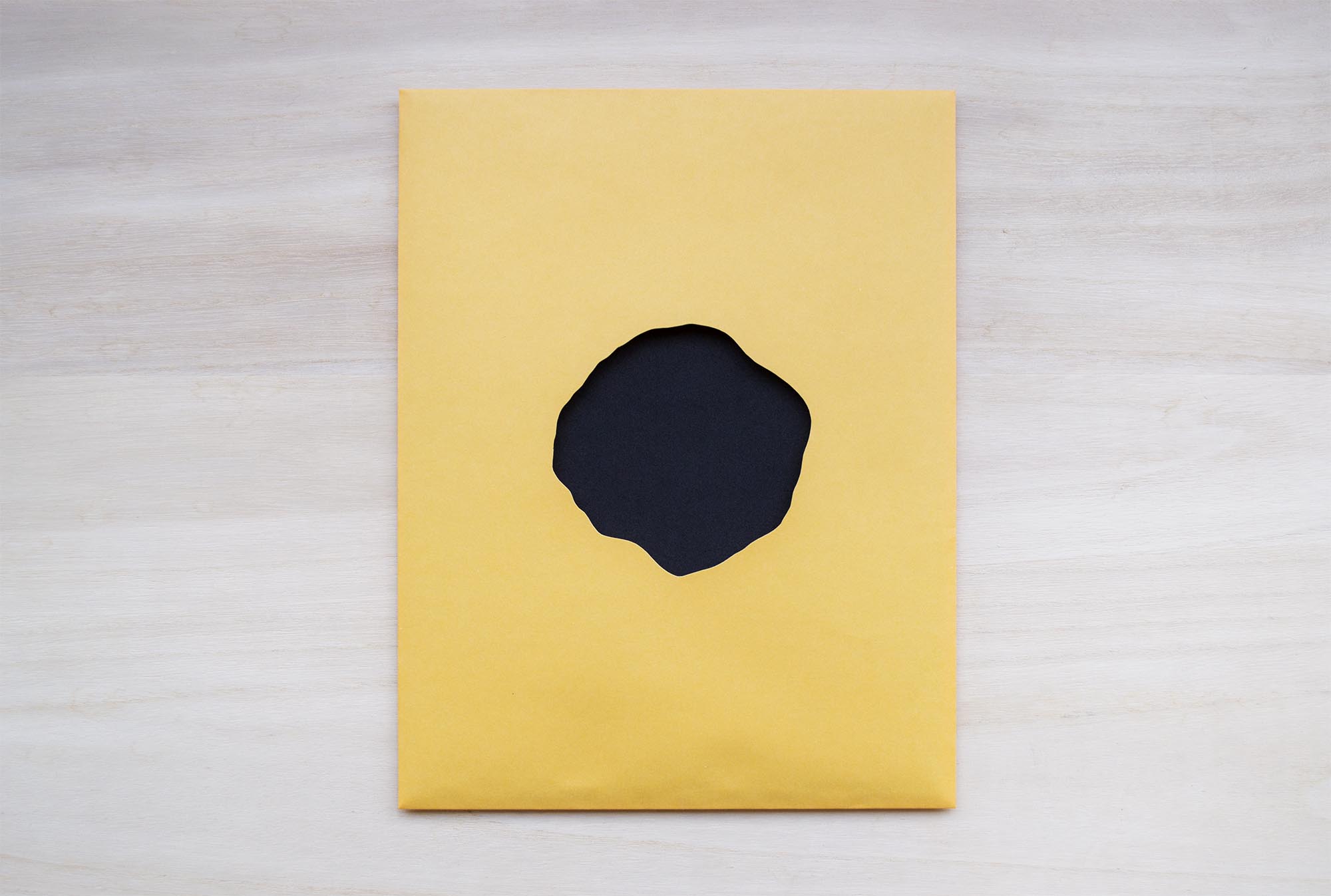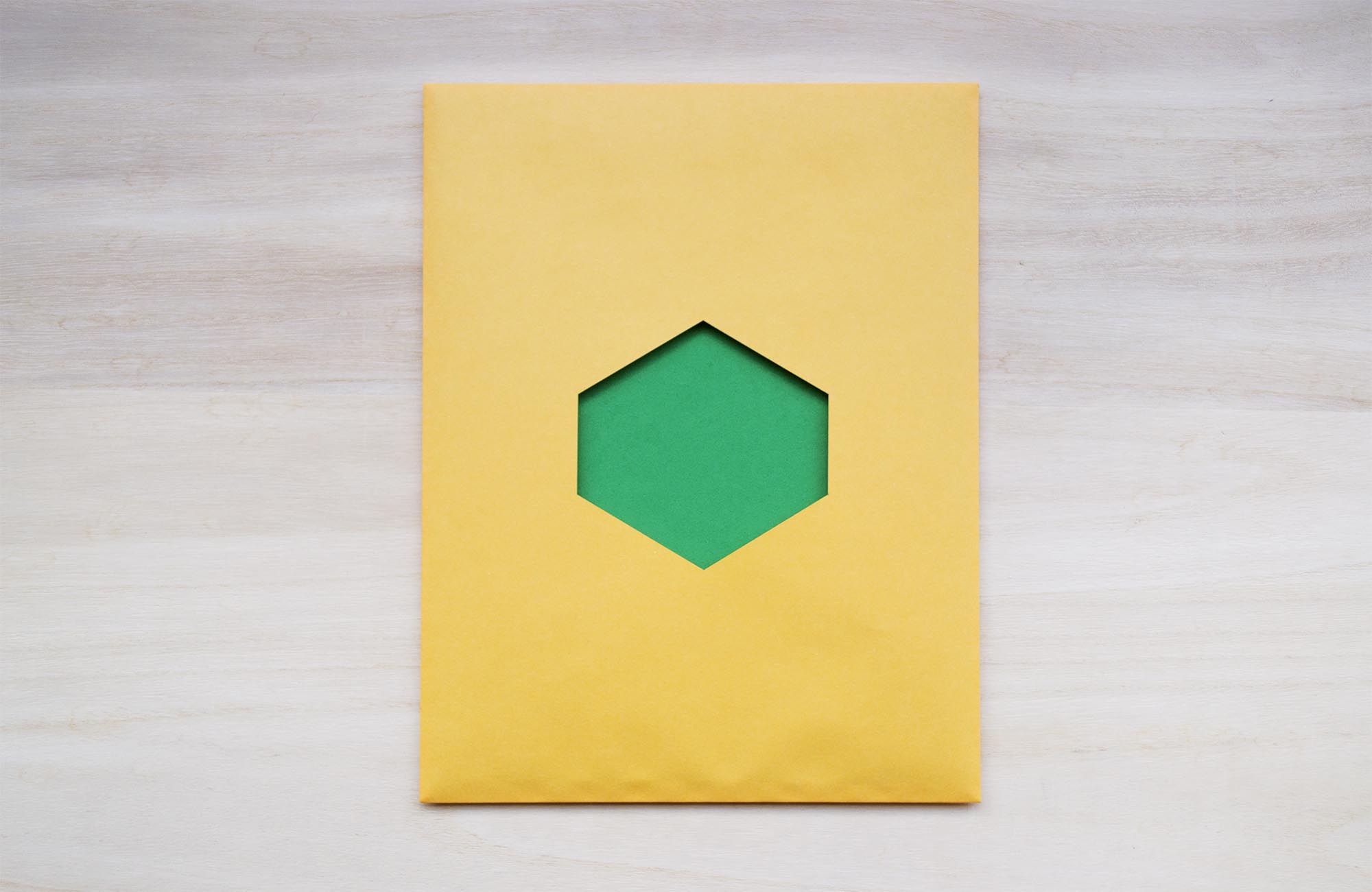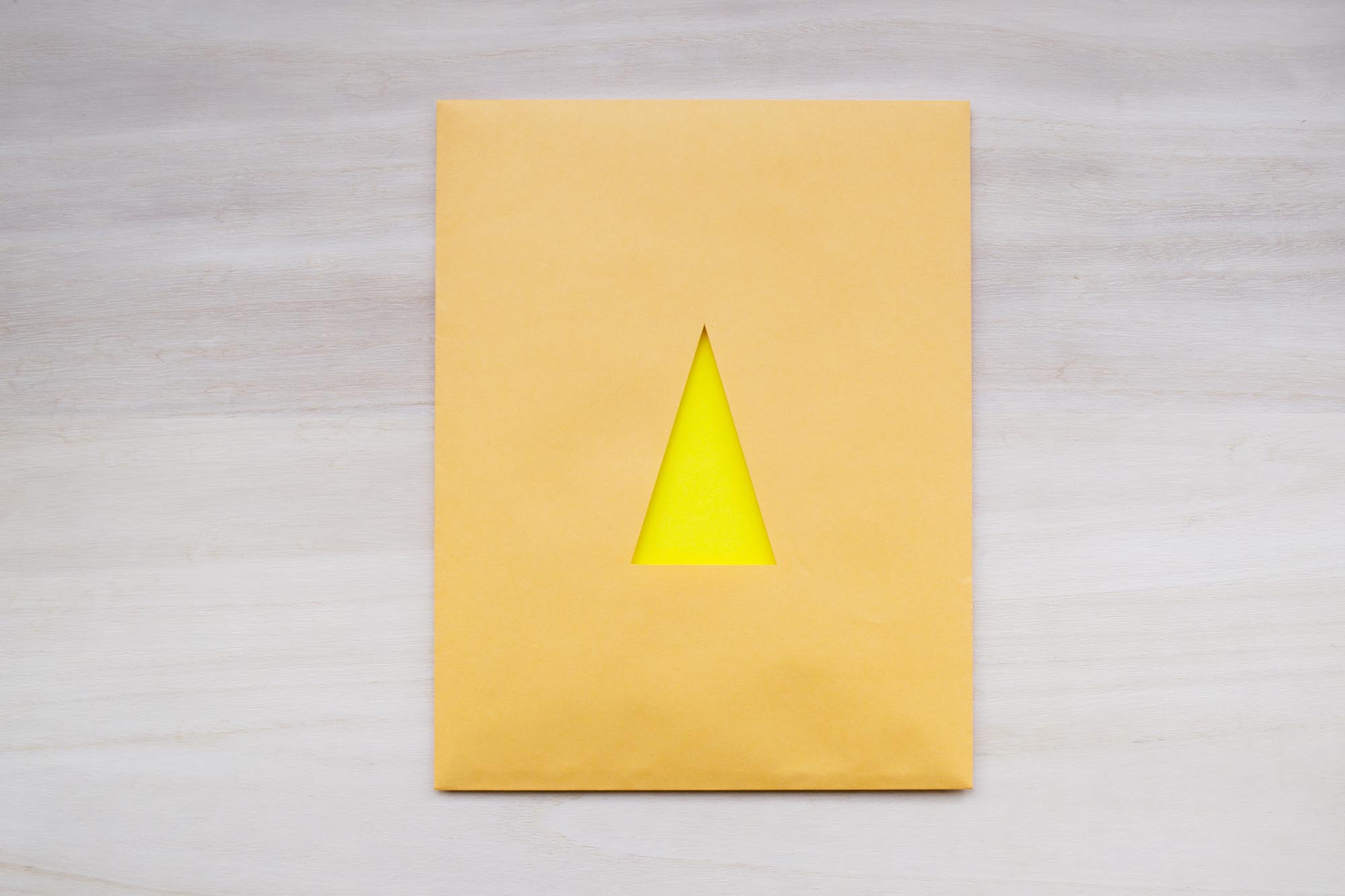







This work is based on the dystopian novel Flatland, written in 1884 by Edwin Abbot. In it, the author depicts a fictitious, flat world, in which each member of society is represented by a geometric figure corresponding to their gender or social position. In this unequal pyramid, women (lines) are at the bottom of the structure and are considered inferior to men. Then comes the workers and soldiers (isosceles triangles), followed by craftsmen and merchants (equilateral triangles), scientists and men of law (squares), the upper classes (hexagons), the nobles (polygons) and finally, at the top of that stratification, the priests (circles). On the outside are the irregular forms that are nothing more than outcasts of society. I use this visual metaphor to make evident the short distance that exists between this dystopia and reality –ruling elites, racial discrimination, gender inequality, and imposed religious beliefs–.
Lluvia de sobres, Museo Q
Lluvia de sobres, Museo Q